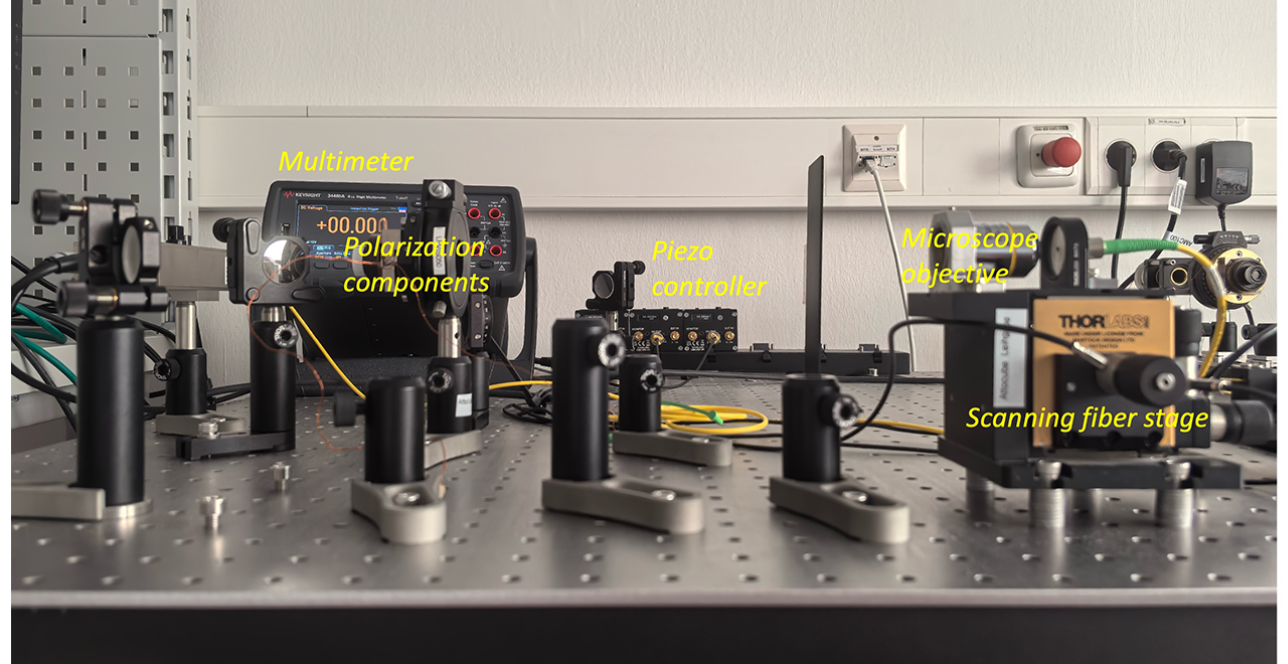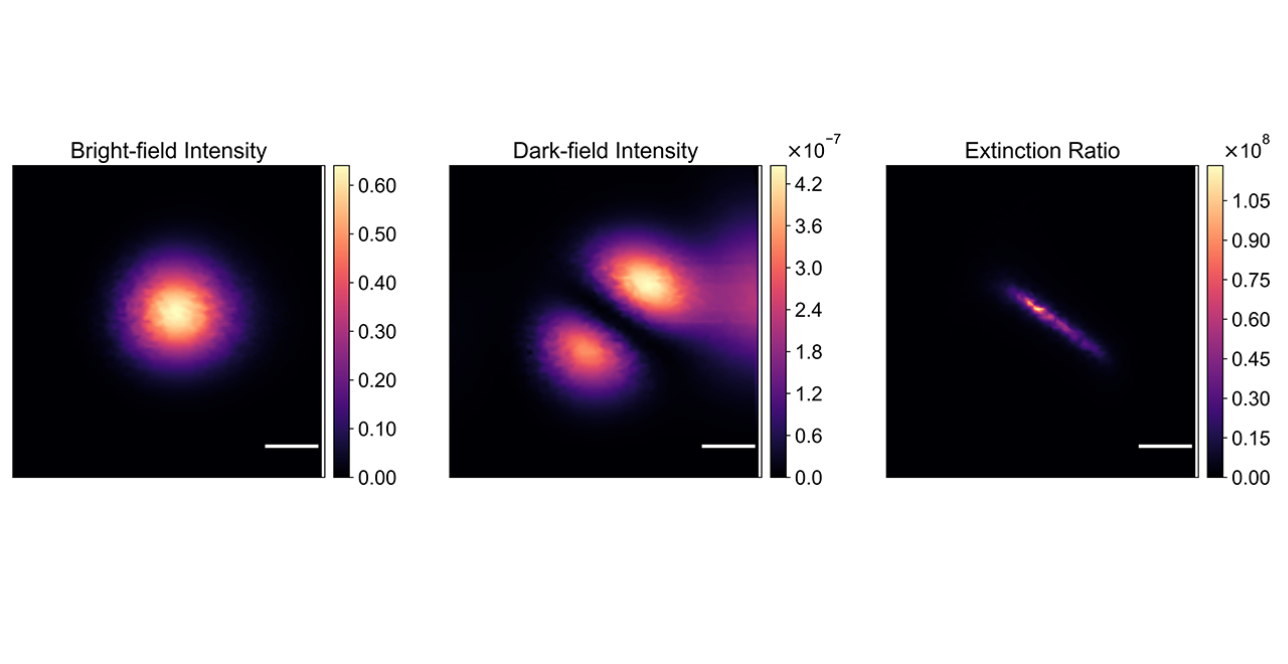To reject the laser light, confocal setups employ polarization filters, which, in theory, should reduce the laser brightness by a factor of up to \(10^5\). Our previous work [Phys. Rev. X 11, 021007 (2021)] show in both experiment and theory that the use of a reflecting surface (i.e., the beam splitter and mirrors) placed between the polarizer and analyzer in combination with a confocal arrangement explains the giant cross-polarization extinction ratio of \(10^8\) and beyond. It opens the door to a methodical design of sensitive laser resonant fluorescence microscopes with extreme background extinction for a broad range of applications in quantum optics and solid-state physics.
References:
“The physical origins of extreme cross-polarization extinction in confocal microscopy”
Meryem Benelajla, Elena Kammann, Bernhard Urbaszek, Khaled Karrai
Physical Review X 11, 021007 (2021)
“Spin–orbit interactions of light”
K. Y. Bliokh, F. J. Rodríguez-Fortuño, F. Nori and A. V. Zayats
Nature Photonics 9, 796–808 (2015)





